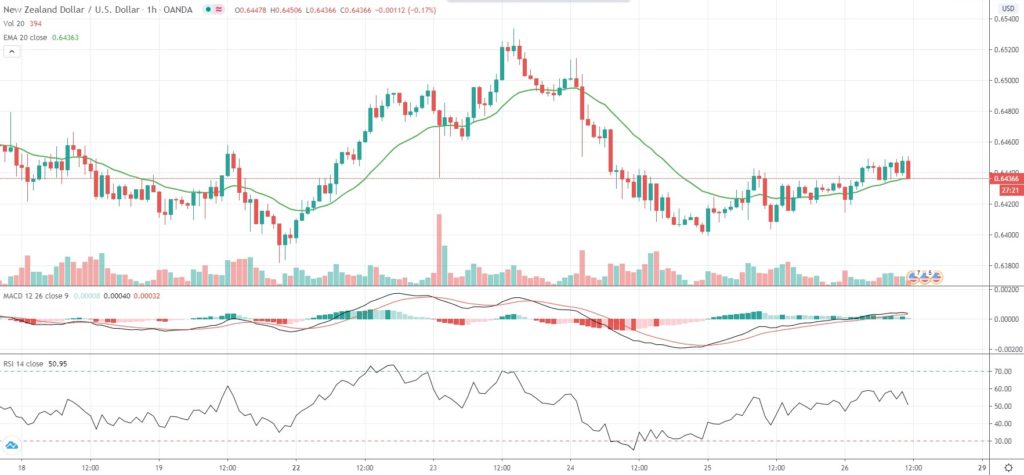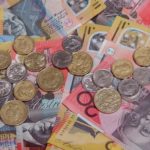NZD/USD extended gains from the previous trading day on Friday and was set to snap a two-week losing streak, after a business survey showed an improvement in New Zealand households’ confidence in June.
ANZ-Roy Morgan NZ Consumer Confidence Index rose to a level of 104.5 in June from 97.3 in May, as consumers’ perceptions of their current financial situation and perceptions of next year’s economic outlook further improved. Despite the recent rebound, however, the gauge still remained at 2009 levels.
“New Zealand consumers are feeling more confident as life returns largely to normal and realise just how lucky we are. We’re getting on with our lives,” ANZ-Roy Morgan said.
“However, we’ve had a solid dousing of cold water. Many people are worried about their jobs (or have lost them already), and the housing market is expected to be weak. Willingness to buy major household items has bounced enormously off its lockdown lows, but remains at the levels prevailing in the last recession.”
Survey results came amid rising new COVID-19 cases globally, which raised doubts over the V-shaped economic recovery many expect.
As of 11:41 GMT on Friday NZD/USD was edging up 0.14% to trade at 0.6438, after touching an intraday high of 0.6451 during mid-European session, or a level not seen since June 24th (0.6514). The major pair has risen 0.54% so far during the current week, following two successive weeks of losses.
In terms of US economic calendar, at 12:30 GMT the Bureau of Economic Analysis is expected to report on core PCE inflation for May. The Core Personal Consumption Expenditure (PCE) Price Index, which does not include prices of food and energy and represents the Federal Reserve’s preferred measure of inflation, is expected to increase 0.9% year-on-year in May. Annual core PCE inflation was reported at 1.0% in April, or the 15th consecutive month when core inflation was below Fed’s 2% target. Personal income probably decreased 6% in May from a month ago, while personal spending probably rose at a monthly rate of 9%, according to market expectations.
Additionally, the monthly survey by Thomson Reuters and the University of Michigan may show that US consumer confidence continued to improve in June. The final index reading, which usually comes out two weeks after the preliminary data, probably came in at 79.0, up from a preliminary value of 78.9. Outlook for personal finances improved, but respondents did not expect favorable economic conditions to reestablish anytime soon, preliminary data showed. In May, the consumer sentiment index stood at a final 72.3. The final report for June is due out at 14:00 GMT.
Bond Yield Spread
The spread between 1-year New Zealand and 1-year US bond yields, which reflects the flow of funds in a short term, equaled 6.1 basis points (0.061%) as of 10:15 GMT on Friday, or unchanged compared to the previous trading day.
Daily Pivot Levels (traditional method of calculation)
Central Pivot – 0.6424
R1 – 0.6448
R2 – 0.6467
R3 – 0.6491
R4 – 0.6516
S1 – 0.6405
S2 – 0.6381
S3 – 0.6362
S4 – 0.6343






